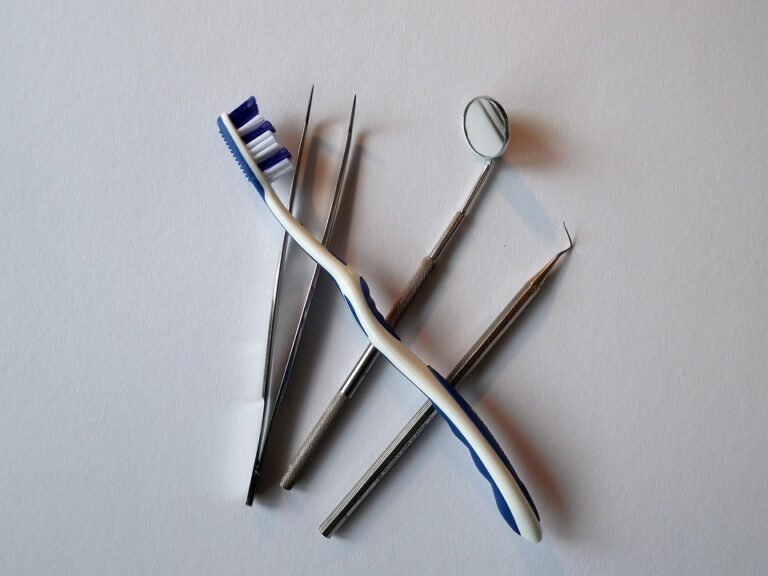What psychological effects are associated with having a symmetrical vs asymmetrical smile?
Okay, so I’ve noticed that some people have perfectly symmetrical smiles, where both sides of their mouth lift up evenly, and others have smiles that are noticeably more pronounced on one side than the other. I’m really curious about the psychological impacts of this.
Specifically, I’m wondering:
- Are symmetrical smiles generally perceived as more attractive or trustworthy? I’ve read conflicting things online about what signals trustworthiness in facial expressions.
- What about the perception of personality traits? Does an asymmetrical smile suggest anything about someone’s character – like being more mischievous, sarcastic, or even less genuine?
- Is there any research on how people with asymmetrical smiles feel about their own smiles? Are they more self-conscious or less satisfied with their appearance compared to people with symmetrical smiles?
- Does the degree of asymmetry matter? A subtle difference might be barely noticeable, but a really pronounced asymmetry might have a bigger impact.
- Are there cultural differences in how symmetrical versus asymmetrical smiles are perceived? Maybe some cultures value one over the other, or associate them with different things.
Basically, I want to know everything there is to know about the psychology behind smile symmetry (or lack thereof)! Any studies, articles, or even just informed opinions would be helpful. I’m thinking of doing some research on this myself, so any pointers would be great!
Answer
Symmetrical and asymmetrical smiles are perceived differently and can evoke distinct psychological responses in observers. These differences stem from the information each type of smile conveys, influencing judgments of trustworthiness, attractiveness, genuineness, and emotional intensity.
Symmetrical Smiles:
-
Perception of Genuineness and Authenticity: Symmetrical smiles are often associated with genuine happiness and authenticity. Studies suggest that people tend to perceive symmetrical facial expressions, including smiles, as more sincere. This is because perfectly symmetrical expressions are less common in spontaneous displays of emotion. When a smile appears balanced and even, it aligns with the idealized image of a "true" smile, fostering trust.
-
Attractiveness: Symmetrical features, including symmetrical smiles, are generally considered more attractive. This preference for symmetry might be rooted in evolutionary biology, where symmetry is associated with good health, strong genes, and developmental stability. A balanced smile contributes to overall facial harmony, which is often judged as visually appealing.
-
Positive Affect and Approachability: Symmetrical smiles can signal positive affect and approachability. When someone displays a balanced and even smile, it can encourage others to feel at ease and perceive them as friendly and welcoming. This can lead to more positive social interactions and greater likelihood of approach.
- Facial Action Coding System (FACS) Considerations: In FACS, a "Duchenne" smile, considered a genuine expression of happiness, often involves the simultaneous activation of both the zygomatic major muscle (raising the corners of the mouth) and the orbicularis oculi muscle (causing crow’s feet around the eyes). While not perfectly symmetrical, Duchenne smiles tend to be more symmetrical than non-Duchenne smiles.
Asymmetrical Smiles:
-
Interpretation of Mixed Emotions: Asymmetrical smiles are frequently interpreted as conveying mixed emotions, such as happiness combined with sarcasm, skepticism, or uncertainty. The unevenness of the smile might suggest that the person is not fully experiencing the emotion they are displaying or that they are trying to mask another emotion.
-
Association with Deception or Insincerity: Asymmetrical smiles can sometimes be perceived as insincere or even deceptive. When a smile is lopsided or uneven, it may raise suspicions about the person’s true feelings or intentions. People might assume that the smile is forced or that the person is trying to conceal something.
-
Neurological Implications: In some cases, asymmetry in facial expressions, including smiles, can be linked to neurological conditions or brain damage. Strokes or Bell’s palsy, for instance, can cause facial weakness or paralysis on one side of the face, resulting in an asymmetrical smile.
-
Individual Variations and Habitual Expressions: It is important to note that some individuals naturally have more asymmetrical smiles than others. This can be due to differences in muscle strength or habitual facial expressions. The interpretation of an asymmetrical smile should consider individual variations and context, rather than automatically assuming deception.
- Subtlety and Complexity: Asymmetrical smiles can also be perceived as more complex and nuanced than perfectly symmetrical smiles. The unevenness of the expression might add depth and character to the person’s face, making them appear more interesting or enigmatic. This can be particularly appealing in artistic or creative contexts.
Important Considerations:
-
Context: The psychological effects of symmetrical versus asymmetrical smiles are heavily influenced by the context in which the smile is displayed. Factors such as the person’s relationship to the observer, the situation, and other nonverbal cues can all affect how the smile is interpreted.
-
Culture: Cultural norms and expectations can also play a role in the perception of smiles. In some cultures, a perfectly symmetrical smile might be considered overly formal or insincere, while in others, it might be highly valued as a sign of politeness and respect.
- Individual Differences: People vary in their ability to detect subtle differences in facial expressions. Some individuals are more sensitive to asymmetry than others, and their interpretations of smiles may differ accordingly.

